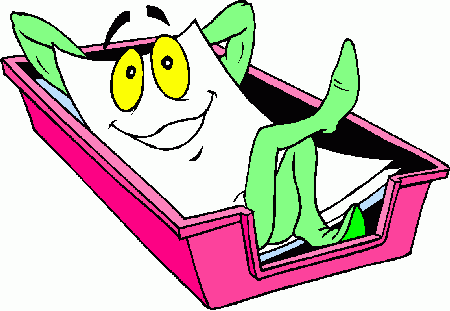Print Destination
As introduced on page 2 of this lesson, when printing forms or reports, most programs offer you the option to "print" to: 
- various printers
- the screen
- to a .pdf or text (.rtf) file to a computer file or to a thumb (flash) drive
When you want your materials organized to analyze specific connections, but you don't have a printer available, a screen printing works well. This is also particularly helpful when you want to see how a new chart or form will look without wasting papers.
NOTE: When printing to the screen, some charts and reports may appear in portions because the monitor cannot display the entire report at one time. Use the arrow keys to view the remainder of the report.
Printing to file or diskette allows you to print your notes into an electronic format by saving your data to a diskette, a folder in your Windows oprating system, or a "thumbdrive". This then allows you to retrieve them into a "spell check" word processing program to correct spelling errors and/or rearrange data which can then be cut and pasted back into your genealogy computer software database program. This is also a handy feature for pulling reports into another word processing document.
 It is a good idea to learn how to interrupt a print job, in case you find that you have opted to print 500 pages, and you only wanted five! Don't worry: the printer may take a minute or two in order to finish printing what was already stored in its memory, so it probably won't stop right away. It is a good idea to learn how to interrupt a print job, in case you find that you have opted to print 500 pages, and you only wanted five! Don't worry: the printer may take a minute or two in order to finish printing what was already stored in its memory, so it probably won't stop right away.
|